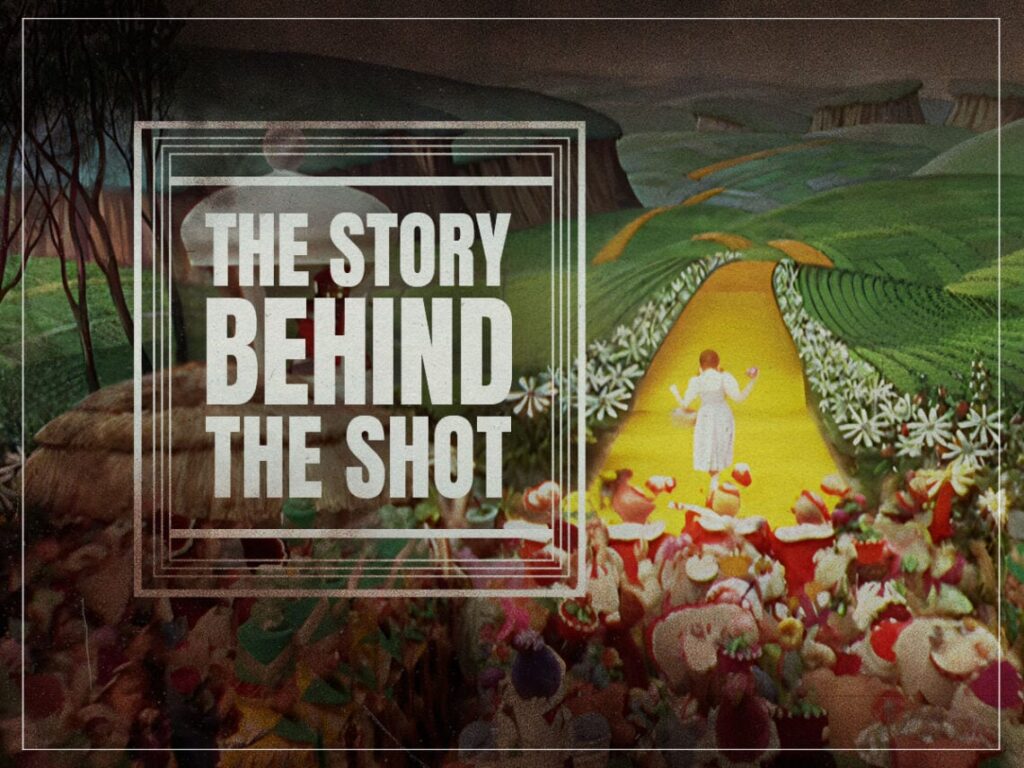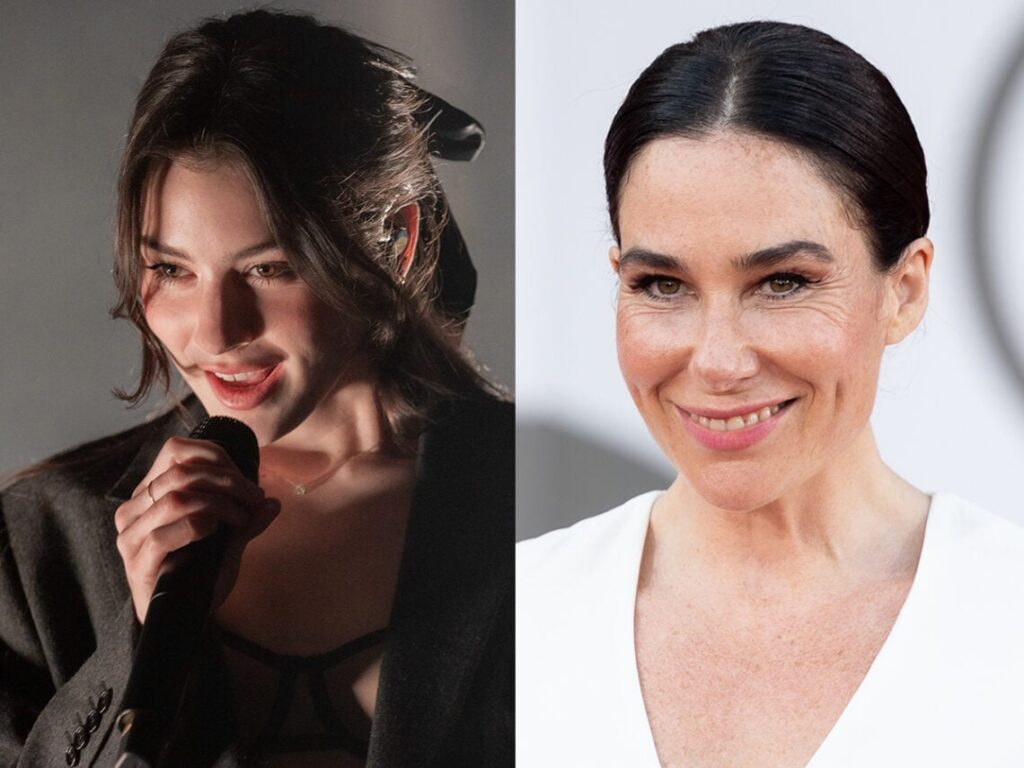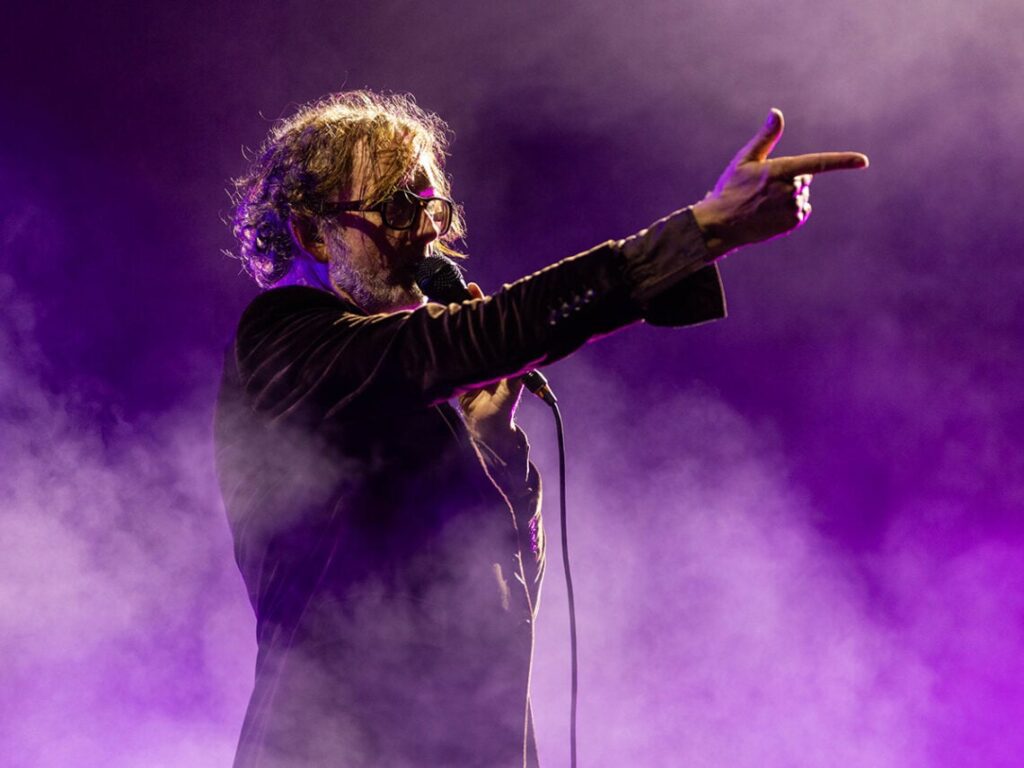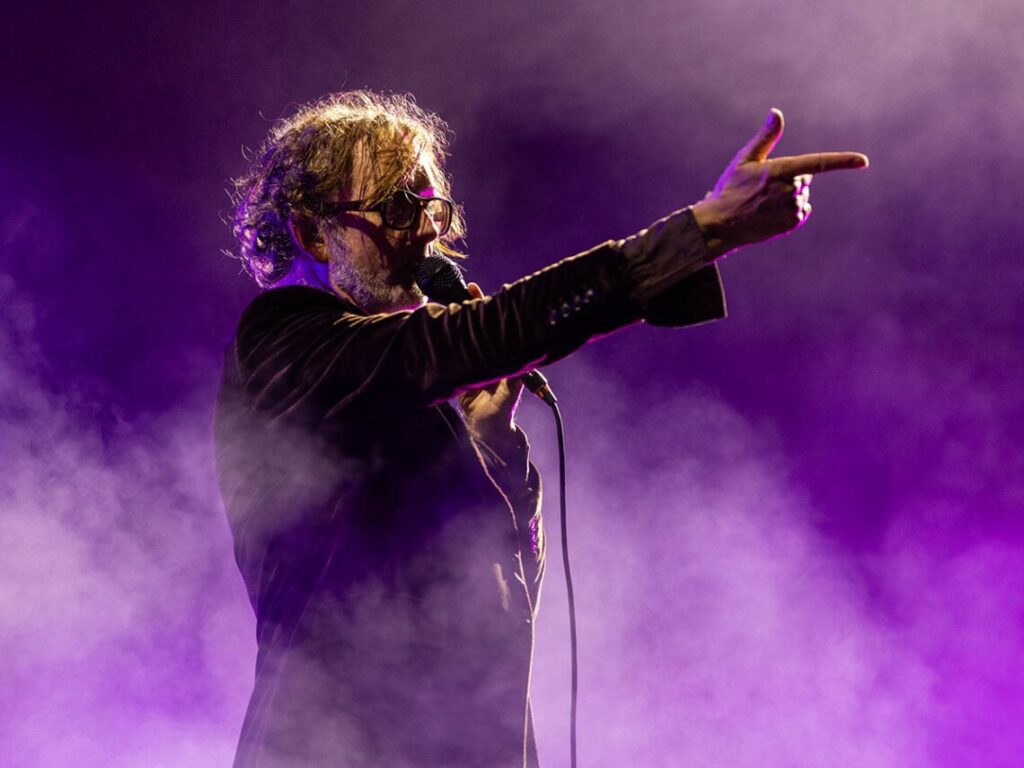The Story Behind The Shot: ‘The Wizard of Oz’ and Dorothy’s Technicolor dream
 Posted On
Posted On
(Credits: Far Out / Metro-Goldwyn-Mayer)
The Wizard of Oz wasn’t the first movie to showcase Technicolor, but it is perhaps the most iconic. One of the most well-known parts of the 1939 masterpiece is when Judy Garland’s Dorothy first steps out of her tornado-stricken house and into the magical land of Oz. From this moment on, the sepia-toned dreariness that had shrouded the Kansas section of the movie is banished, replaced by the dazzling splendour of early colour film.
Technicolor, a term referring to both the film colourisation process and the company that developed and sold it, actually began back in the 1910s. Its revolutionary three-strip process, which split images into red, blue, and green in order to achieve full colouration, didn’t come along until the 1930s, and Hollywood was quick to take advantage.
MGM, the studio that made The Wizard of Oz, had first tangled with Technicolor in 1924 for the silent picture The Uninvited Guest. Its first three-strip film, Sweethearts, was released in 1938, the year before Oz, and that ended up winning an Honorary Academy Award for its use of colour. It was then up to L Frank Baum’s musical fantasy to go one better.
Thankfully, the movie, which was mainly directed by Victor Fleming but went through a whole heap of turmoil behind the scenes, stepped up. The Wizard of Oz is full of dazzling brights and soul-snatching darks, running the full gamut of colour in a style that must have left 1930s audiences with their jaws on the floor. And it all starts with Dorothy walking out of that door.
The technology to splice monochrome and colour footage together didn’t exist at the time, so the Oz filmmakers had to find another way to show this transition. What they did was very clever and required the use of not one but two Dorothys.
The shot, which is filmed from behind Dorothy, clearly shows her opening the drab-coloured door to reveal the full spectrum outside. Only that’s not Judy Garland. Instead, it’s her stunt double, Bobbie Koshay, wearing a sepia dress. In fact, the whole interior of the house is painted sepia to give the impression that it’s being filmed the old-fashioned way. The Technicolor is there in-camera. It’s the rest of the scene that’s the trickery.
When “Dorothy” opens the door, she disappears out of frame, reappearing a few seconds later. In reality, Koshay and Garland, who was wearing her classic bright blue dress, swapped places, which made it look like the character had also been transformed by the mysterious powers of Oz.
Originally, the plan was to use a form of stencil printing in this scene, which would require the inside of the house to be manually tinted in every frame. This proved to be far too expensive and time-consuming, so the old switcheroo was used instead. It’s ironic that, in a film praised for its use of colour, great effort was made to remove the colour from one of its most famous scenes. Thankfully, it paid off, as the sequence still looks incredible almost a century later.
The rest of the Technicolor portions, which make up the bulk of the middle chunk of the movie, were an absolute nightmare. The painstaking process took over six months to film and took a serious toll on the cast. Due to the amount of light needed for the process to work, the set was incredibly hot, often reaching 38°C. Combine this with the heavy costumes for characters like the Tin Man and the Cowardly Lion, and you get just some of the insane backstage stories that are part of this movie’s myth.
In a cultural sense, all of this paid off, as The Wizard of Oz is rightly considered a bona fide classic. It’s become so strongly linked to Technicolor that some people even think it was the first film to use it, and whilst this isn’t true, it remains a key example of why the process took Golden Age Hollywood by storm and changed cinema forever.
[embedded content]
Related Topics


